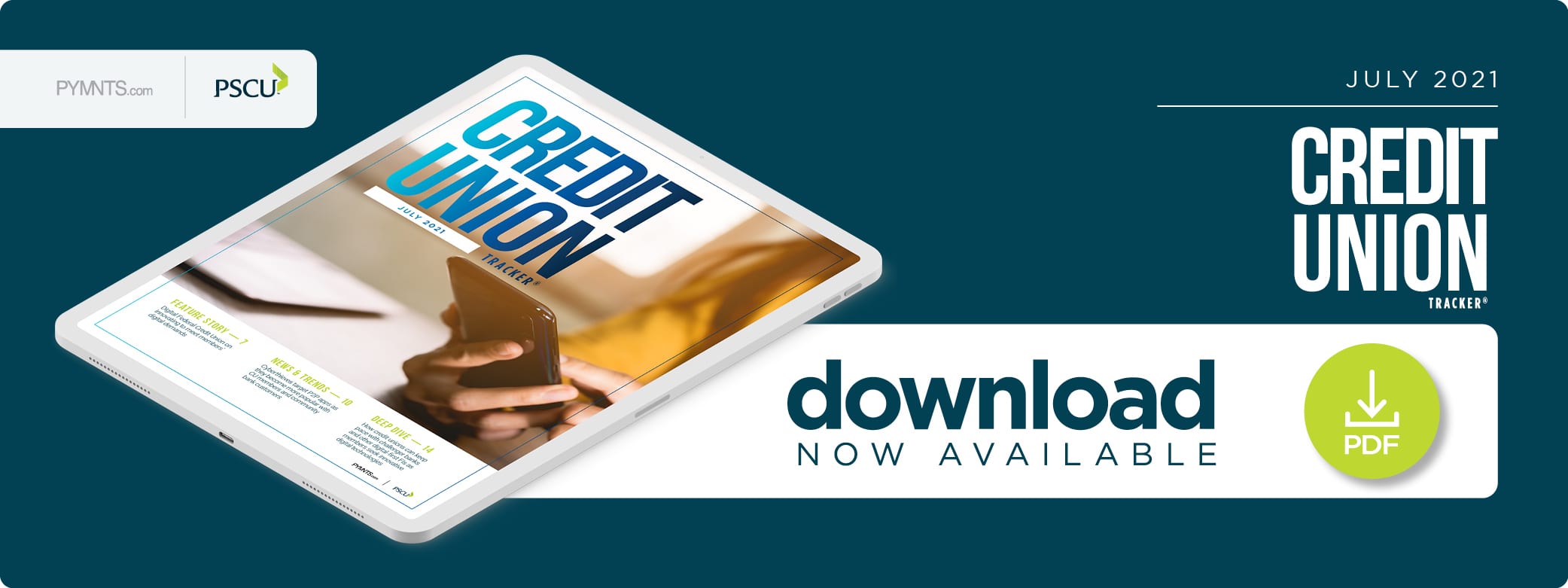Deep Dive: Examining The Credit Union Innovation Investment Opportunity

The timing is right for credit unions (CUs) to innovate to attract and retain new members.
The number of CUs may be declining, but membership is growing. Research shows that just 5,001 CUs were in operation at the start of 2021, representing a nearly 2 percent year- over-year dip. Federally insured CUs added 4.2 million members during that same period, as consumers sought escape from high fees and low savings rates.
The drop in CUs along with the rising number of consumers seeking membership presents an opportunity. But innovation and digital features will be key if these financial institutions (FIs) are to be successful and meet members’ expectations. Consumers want more than simple checking and savings accounts, instead seeking financial concierges that offer features such as easy-to-understand dashboards for tracking spending habits, personalized strategies for boosting savings, SMS fraud alerts, seamless micro-investing and frictionless peer-to-peer (P2P) payments.
One survey from October found that one-quarter of CU members were more likely to use mobile banking apps or websites due to the pandemic. Nearly as many stayed away from branches for the same reason, although many members did not prefer these shifts. Another study reported that 30 percent of members who relied on digital channels alone were less satisfied than the 10 percent who solely depended on branches. CUs therefore must work to improve satisfaction with digital channels if they want to seize the opportunity to gain and retain members.
The following Deep Dive examines why CUs must invest in innovations to improve members’ digital experiences as well as authentication measures to secure data, and the challenges that may be standing in their way.
Smoothing The Member Experience
Members’ satisfaction with online and mobile banking often begins with how smoothly they experience onboarding. One FICO study showed that only 17 percent of CUs in North America verify customer identities using a single, instant digital process. Among CUs that offer digital identity verification, this process is not guaranteed to be instant, however. More than half of new members opening checking or savings accounts at CUs must prove their identities by visiting a branch or providing documents. Twenty-five percent of CUs require home loan applicants to fax documents or visit branches, and 15 percent require physical proof for members seeking credit cards.
This inconvenience leads many potential members to abandon the application process. One survey found that 23 percent of individuals will abort an account opening process if they are asked to prove their identities in a different channel. Allowing members to prove who they are without friction is crucial if CUs are to keep potential members from signing up with competitors.
Needed Digital Innovations
Many North American CUs see themselves as speedy adopters of identity verification tools, yet only 40 percent view application abandonment due to identity validation processes as a priority. CUs in North America make more use of document scanning than their counterparts in Europe and the Asia-Pacific, moreover. Three-quarters of Americans prefer to open accounts digitally, so CUs have a long way to go to improve their digital identity verification processes.
Consumers also want their interactions with FIs to be personalized, with other research finding that 71 percent of respondents prefer ads that are tailored to them. Additional data revealed that such ads boost engagement and that customers are nearly twice as likely to click an ad targeted to their preferences. Another study showed that FIs can expect as much as a 400 percent improvement in conversions when using tailored digital communications.
FinTechs have taken center stage when it comes to the implementation of digital innovations, and CUs need to keep their digital footprints strong to stay competitive. Offering touchless payment technologies, for example, is critical for CUs looking to maintain their members’ engagement as more turn to digital channels to carry out their banking activities.
The pandemic has further accelerated the move to digital channels, and CUs cannot be left behind, according to Chuck Fagan, president and CEO of PSCU. Fagan has asserted that CUs must have a strong digital presence, as the future of branches is unclear and there is more competition from other financial services providers. Data insights obtained via digital channels are vital, and CUs need to know their members to deliver on their digital-first expectations.
